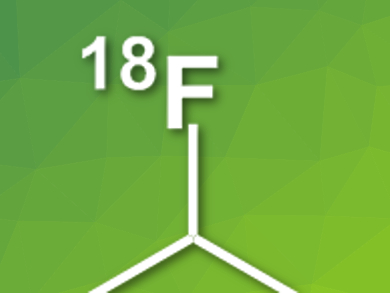Bioactive molecules labeled with the radioactive isotope 18F are used in medicine as tracers in positron emission tomography (PET). The isotope has a half-life of 110 min, which means that reactions introducing it into molecules need to be fast and reliable. Current methods often use fluoride as a nucleophile in substitution reactions. However, this approach requires activated substrates.
Jacob M. Hooker, Harvard Medical School, Charlestown, and Massachusetts General Hospital, Boston, both USA, John T. Groves, Princeton University, USA, and colleagues have developed a direct conversion of C–H to C–18F bonds in unactivated aliphatic groups. The team used a manganese(III)pentafluorophenyl porphyrin with a tosyl ligand as a catalyst and iodosylbenzene as an oxidant together with 18F anions to convert non-activated aliphatic C–H groups in different substrates into radiolabeled fluorides at 50 °C.
The reaction has a sufficient labeling efficiency for application and proceeds under mild conditions, which allows for a wide substrate range and functional group tolerance. The team was also able to scale up the reaction to amounts suitable for use in animal studies.
- Site-selective 18F fluorination of unactivated C–H bonds mediated by a manganese porphyrin,
Wei Liu, Xiongyi Huang, Michael S. Placzek, Shane W. Krska, Paul McQuade, Jacob M. Hooker, John T. Groves,
Chem. Sci. 2018.
https://doi.org/10.1039/c7sc04545j




